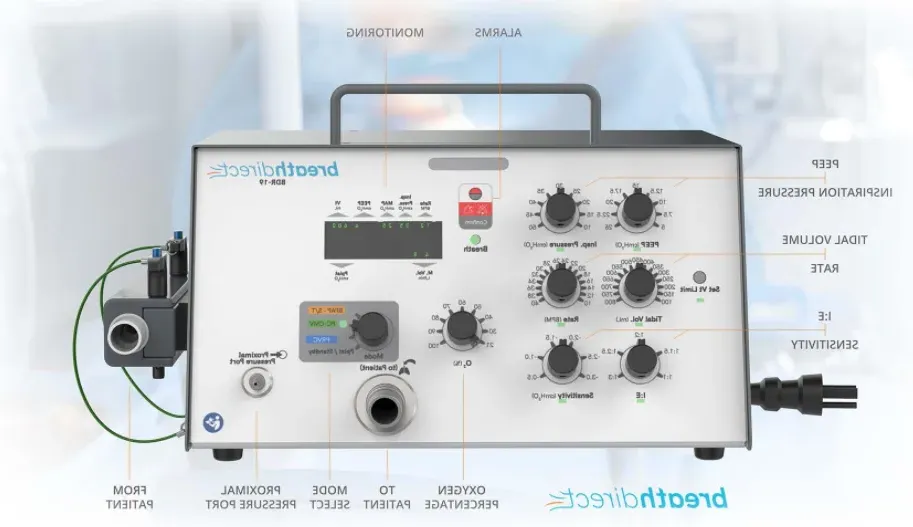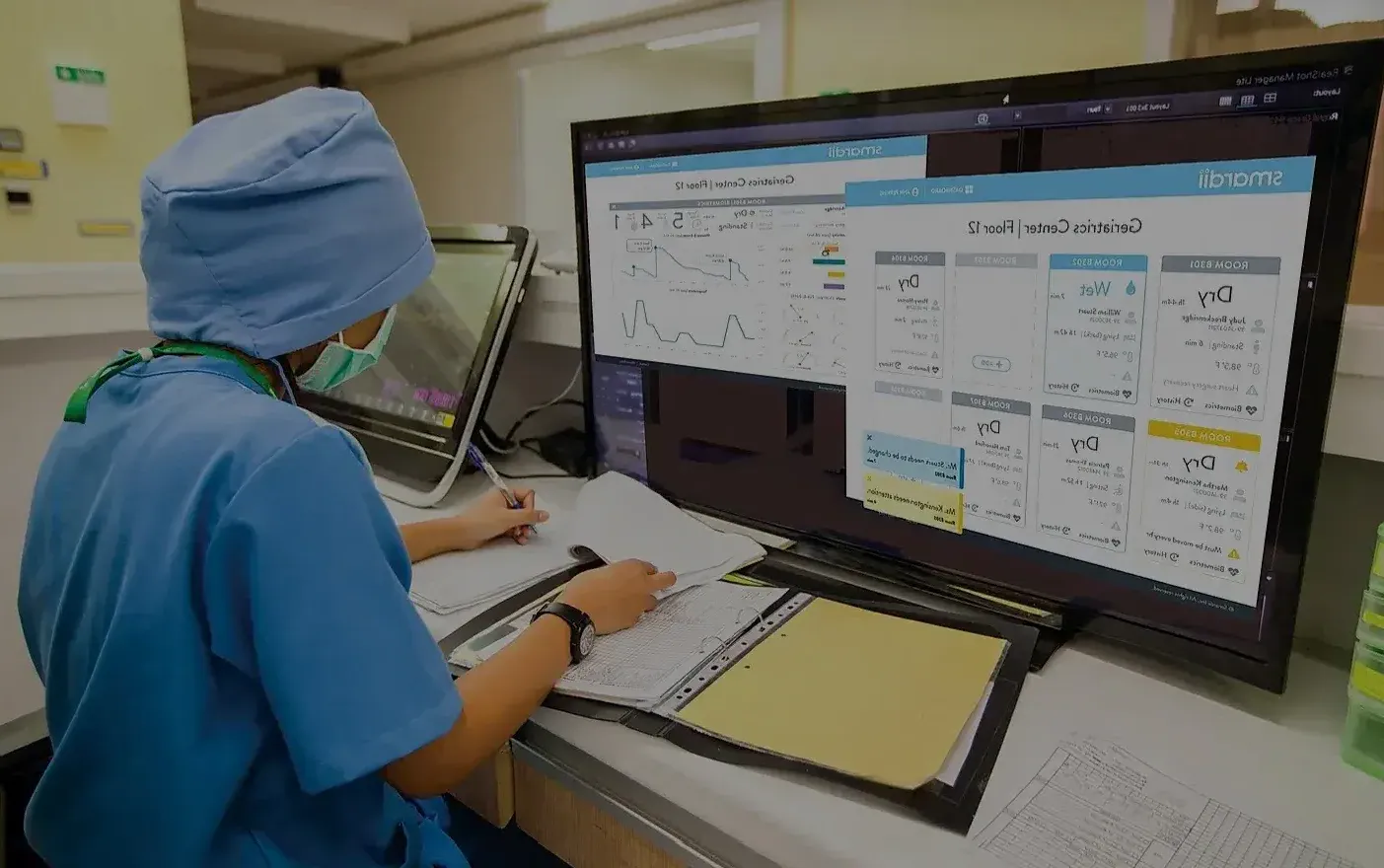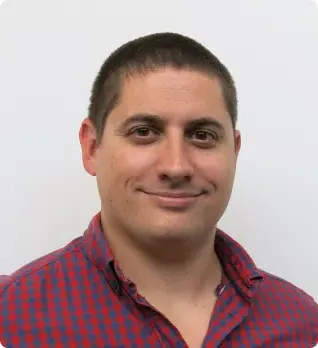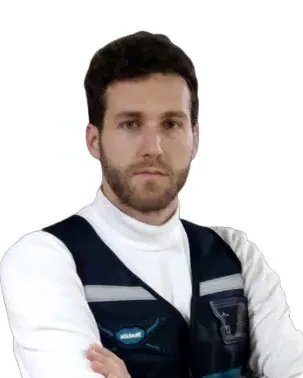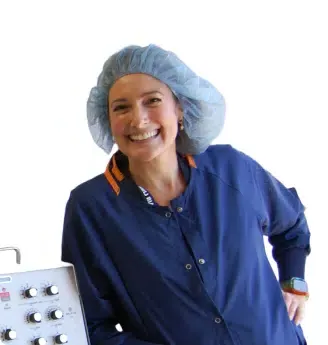Introduction to In Vitro Diagnostic Devices (IVDD)
In vitro diagnostic devices (IVDD) play a crucial role in modern healthcare by aiding in the early detection, diagnosis, and monitoring of diseases. These devices are used to analyze samples such as blood, urine, and tissue to provide valuable information that assists healthcare professionals in making accurate medical decisions. As technology advances, so do the regulations surrounding these devices, which brings us to the In Vitro Diagnostic Regulation (IVDR) and its significance in ensuring the safety and effectiveness of IVDD.
What is IVDR and why is it important?
The In Vitro Diagnostic Regulation (IVDR) is a regulatory framework established by the European Union (EU) to ensure the safety, performance, and reliability of in vitro diagnostic devices. It replaces the previous In Vitro Diagnostic Directive (IVDD) and introduces more stringent requirements for manufacturers and other stakeholders in the IVDD industry.
The importance of IVDR lies in its aim to enhance patient safety and public health by improving the quality, safety, and performance of in vitro diagnostic devices. Compliance with IVDR ensures that these devices undergo thorough evaluation, conform to specific standards, and are subject to post-market surveillance to detect any potential risks or issues.
Key regulations and requirements of IVDR
The IVDR introduces several key regulations and requirements that manufacturers and other stakeholders must adhere to. These include risk classifications, technical documentation, performance evaluations, post-market performance follow-up and surveillance, device labeling, and Unique Device Identification (UDI), as well as quality management system requirements.
Understanding risk classifications for IVD devices
One of the fundamental aspects of IVDR compliance is the classification of in vitro diagnostic devices based on their associated risks. IVDR categorizes devices into four classes: A, B, C, and D, with Class D devices posing the highest risk. Manufacturers must determine the appropriate risk class for their devices, as each class has different conformity assessment requirements.
Technical documentation for IVDR compliance
Manufacturers are required to prepare technical documentation that demonstrates the conformity of their in vitro diagnostic devices with the IVDR regulations. This documentation should include information about the device’s design, manufacturing, performance, and safety features. It serves as evidence that the device has undergone appropriate testing and evaluation to ensure its compliance with the IVDR requirements.
Performance evaluations and performance studies
IVDR emphasizes the importance of conducting performance evaluations and performance studies to assess the analytical and clinical performance of in vitro diagnostic devices. These evaluations and studies provide evidence of the device’s accuracy, reliability, and clinical usefulness. Manufacturers must conduct these assessments according to specific standards and document the results to demonstrate compliance with IVDR.
Post-market performance follow-up and surveillance
Post-market surveillance is a critical aspect of IVDR compliance. It involves monitoring the performance and safety of in vitro diagnostic devices after they have been placed on the market. Manufacturers and other stakeholders are required to establish a systematic process to collect and analyze data on the device’s performance, including any adverse events or incidents. This data is used to identify any potential risks or issues and take appropriate corrective actions to ensure patient safety.
Device labeling and Unique Device Identification (UDI)
Proper device labeling and Unique Device Identification (UDI) are essential for IVDR compliance. Manufacturers must provide clear and accurate labeling on their devices, including information such as intended use, instructions for use, and any warnings or precautions. Additionally, each device must have a unique identification number (UDI) that allows for easy traceability and identification throughout its lifecycle.
Quality management system requirements for IVDR compliance
To ensure consistent compliance with IVDR, manufacturers are required to establish and maintain a robust quality management system (QMS). This system should encompass all aspects of the device’s lifecycle, from design and development to manufacturing, distribution, and post-market activities. The QMS serves as a framework to ensure that all processes and procedures are in place to meet the IVDR requirements and maintain the safety and effectiveness of the device.
Examples of IVD devices and their compliance with IVDR
To better understand the practical application of IVDR compliance, let’s explore some examples of in vitro diagnostic devices and how they adhere to the regulations. These examples include devices such as blood glucose monitors, pregnancy tests, genetic testing kits, and HIV diagnostic devices. Each of these devices falls into a specific risk class and requires compliance with IVDR regulations to ensure their safety and effectiveness.
IVDR compliance services and resources
Complying with IVDR can be a complex process, requiring manufacturers and other stakeholders to navigate through various regulations and requirements. Fortunately, there are dedicated IVDR compliance services and resources available to assist in this journey. These services offer guidance, training, and support to ensure that manufacturers understand and meet the necessary IVDR obligations. Additionally, regulatory authorities and industry associations provide valuable resources and updates to help stakeholders stay informed and compliant with IVDR.
Conclusion
In Vitro Diagnostic Regulation (IVDR) compliance is crucial for ensuring the safety, performance, and reliability of in vitro diagnostic devices. The regulations and requirements introduced by IVDR aim to enhance patient safety and public health by improving the quality, safety, and effectiveness of these devices. By understanding the key regulations, such as risk classifications, technical documentation, performance evaluations, and post-market surveillance, manufacturers can navigate the compliance process successfully. Utilizing IVDR compliance services and resources further supports stakeholders in meeting their obligations and contributing to the advancement of in vitro diagnostics for better healthcare outcomes.
For more information on IVDR compliance and how it impacts in vitro diagnostic devices, contact our experts today.



